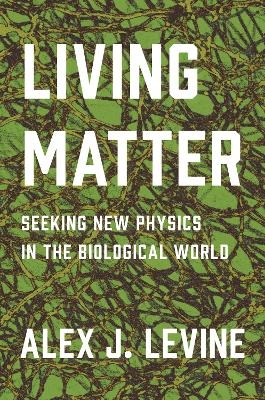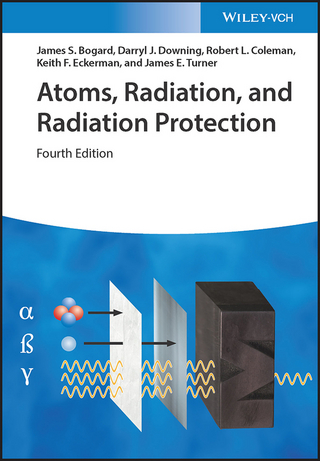
Living Matter
Seeking New Physics in the Biological World
Seiten
2025
Princeton University Press (Verlag)
978-0-691-17722-9 (ISBN)
Princeton University Press (Verlag)
978-0-691-17722-9 (ISBN)
- Noch nicht erschienen (ca. November 2025)
- Versandkostenfrei innerhalb Deutschlands
- Auch auf Rechnung
- Verfügbarkeit in der Filiale vor Ort prüfen
- Artikel merken
Why the living world may be the next great frontier of physics
The frontiers of physics can seem impossibly remote—located in the invisible quantum realm or the farthest reaches of the cosmos. But one of physics' most exciting frontiers lies much closer than we realize: within our own bodies and other living organisms, which display astonishingly intricate structural patterns and dynamic processes that we don't yet understand. In Living Matter, leading biophysicist Alex Levine explains why unraveling the mysteries of life may ultimately demand a new physics—one that takes full account of the fundamental differences between living and nonliving matter.
Life is distinct not only because of its evolutionary history and function, Levine explains, but because it exhibits unique complexities of structure and organizational behavior. In addition, life thrives in states that are not always predictable by means of the same physical principles used to explain nonliving systems. From single proteins to entire collections of cells, and from DNA to the eyes, ears, and brain, Levine tours the most promising areas of life where a new physics might be found. Along the way, he considers many fascinating issues, such as the electrical nature of thought and the emergence of life from the inanimate.
Revealing what the study of the biological world can contribute to physics, Living Matter unveils the potential scientific revolution that exists in the uncharted territory lying at, and in, our very fingertips.
The frontiers of physics can seem impossibly remote—located in the invisible quantum realm or the farthest reaches of the cosmos. But one of physics' most exciting frontiers lies much closer than we realize: within our own bodies and other living organisms, which display astonishingly intricate structural patterns and dynamic processes that we don't yet understand. In Living Matter, leading biophysicist Alex Levine explains why unraveling the mysteries of life may ultimately demand a new physics—one that takes full account of the fundamental differences between living and nonliving matter.
Life is distinct not only because of its evolutionary history and function, Levine explains, but because it exhibits unique complexities of structure and organizational behavior. In addition, life thrives in states that are not always predictable by means of the same physical principles used to explain nonliving systems. From single proteins to entire collections of cells, and from DNA to the eyes, ears, and brain, Levine tours the most promising areas of life where a new physics might be found. Along the way, he considers many fascinating issues, such as the electrical nature of thought and the emergence of life from the inanimate.
Revealing what the study of the biological world can contribute to physics, Living Matter unveils the potential scientific revolution that exists in the uncharted territory lying at, and in, our very fingertips.
Alex J. Levine (1968–2022) was a professor in the Department of Physics and Astronomy at the University of California, Los Angeles, where he was also the founding director of the Center for Biological Physics.
| Erscheint lt. Verlag | 25.11.2025 |
|---|---|
| Zusatzinfo | 16 color + 40 b/w illus. |
| Verlagsort | New Jersey |
| Sprache | englisch |
| Maße | 155 x 235 mm |
| Themenwelt | Naturwissenschaften ► Physik / Astronomie ► Angewandte Physik |
| ISBN-10 | 0-691-17722-8 / 0691177228 |
| ISBN-13 | 978-0-691-17722-9 / 9780691177229 |
| Zustand | Neuware |
| Haben Sie eine Frage zum Produkt? |
Mehr entdecken
aus dem Bereich
aus dem Bereich


